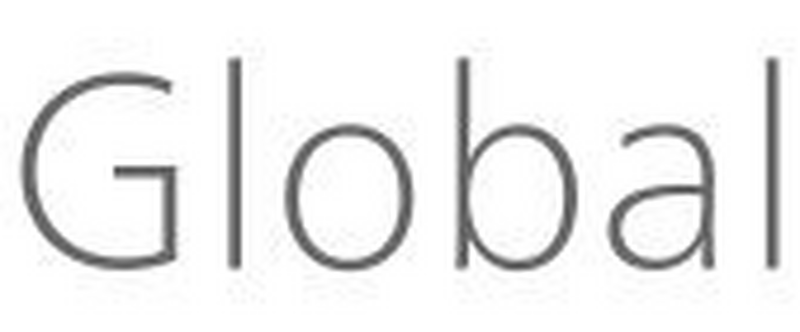Canon Hardening Guides
Updated: July 16, 2025
September 30, 2022
Securing products when connecting to a network
Many products and their various functions can be used more conveniently by connecting to a network. However, connecting products to a network introduces the possibility of security risks such as unauthorized access by malicious third parties.
For example, if a product is connected to a network with a default password or a password that is easy to guess, there is a risk of undesired changes to settings or data extraction. In addition, connecting a product to the internet without using a wired router or Wi-Fi router poses a greater risk of unauthorized access.
In order to minimize the risk of security issues, it is necessary to apply the appropriate settings and use your products in a secure environment. Below we have outlined a number of security measures intended to help customers use Canon products in a more secure way.
Security measures when using Canon products
When setting up the product
- Only connect products to trusted networks.
- It is not recommended that a product is connected directly to the internet. When connecting to the internet, use a private IP address in an environment where the internet can be accessed from a secure private network built with firewall products, wired routers or Wi-Fi routers.
- Change the product’s default password to a new password.
- Set up administrator and general users IDs and passwords if possible.
- Ensure that passwords and other similar settings for various functions are sufficiently difficult to guess.
- If the product has authentication functions, use them to confirm the end-user identity who uses the product.
- If the product has multi-factor authentication functions, use them to confirm the end-user identity who uses the product.
- If the product has network filters, use them to limit the addresses that can communicate with the product.
- Use any encryption functions the product may have.
- When possible, disable functions and ports that aren’t being used.
- Set the product’s security function settings as strong as possible.
- Be aware of physical security needs, including those related to the location of the product etc.
When operating the product
- When using functions that communicate via a network, ensure you are using a trusted connection destination (e.g. server) before connecting.
- Regularly check the Canon website to ensure you are up to date with security-related information.
- Use the latest firmware.
- If the product saves communication logs, check them regularly to find any unauthorized access.
- If you won’t be using the product for a long period, switch it off.
- Back up the data and settings stored in the product regularly.
When disposing the product
- When disposing the product, delete all data and set-points saved on the device.
Related information
Setup procedures for security measures and usage of Canon products can be found in the information below and the manuals of each product.
*For some products, the latest information is available on the manual website.
| Useful Tips for Reducing the Risk of Unauthorized Access | Manual Website | |
|---|---|---|
| Inkjet Printer, Business Inkjet Printer | PDF (1.02MB) | |
| Large-Format Inkjet Printer | PDF (789KB) | |
| LBP and Small Office MFPs | PDF (615KB) | Manual |
| MFPs for Office and MFPs for Production Printing | PDF (1.03MB) | Manual |
| Network Cameras | PDF (2.6MB) | |
| Network Scanners | PDF (337KB) |
